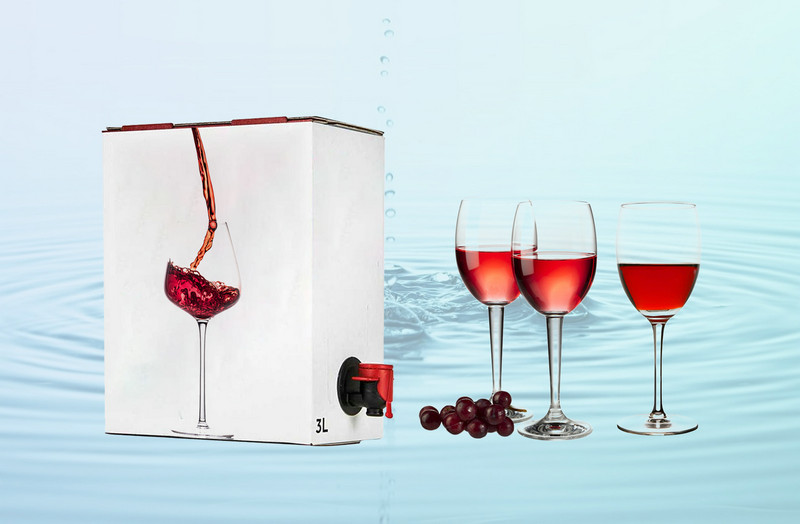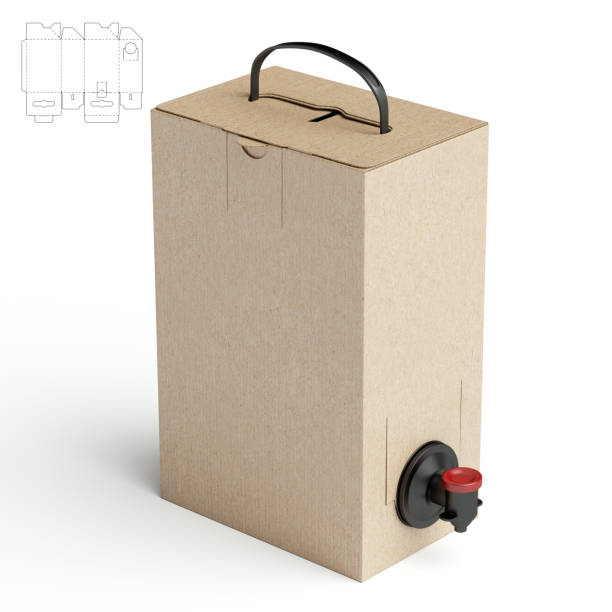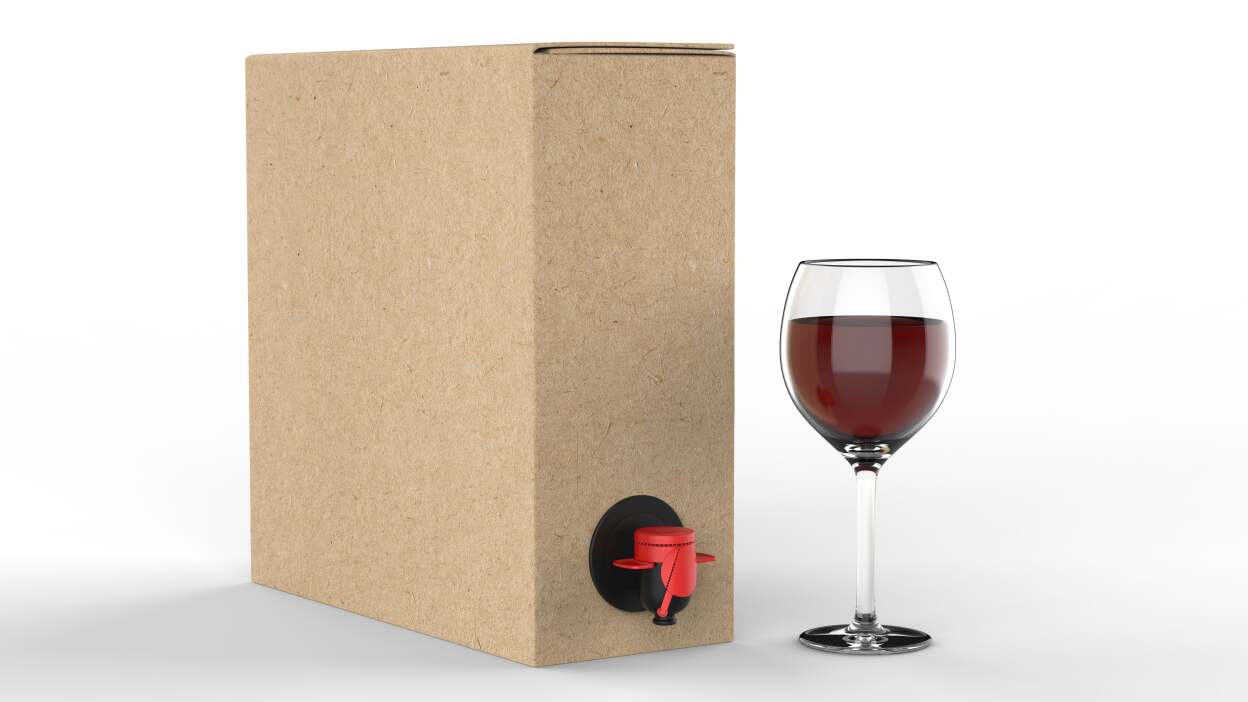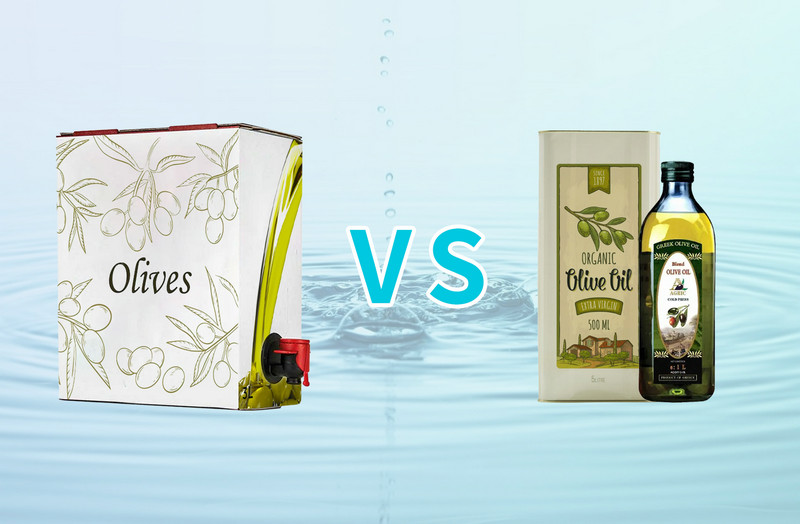All'interno della scatola di cartone, il punto cruciale della borsa di oggi di solito è costituita da cinque strati di vari film metallici e/o plastici (Fradique et al., 2011; Reeves, 144 alternativo Packaging 2010). Individualmente, forniscono le barriere all'ossigeno e/o al rafforzamento delle membrane per la borsa stessa (Reeves, 2010).
I risultati di uno studio del 2011 dell'Università di Bordeaux hanno scoperto che
materiali plastici per animali domestici multistrato (polietilene tereftalato) combinati
con strati di resina a barriera a gas (un esempio è un etilene-vinile
Il copolimero di alcol e la miscela di nylon MXD6) hanno fornito una protezione significativamente migliorata dall'ingresso di ossigeno, al contrario di un contenitore per animali domestici a strato singolo, durante la durata di conservazione generalmente breve dei vini in scatola (Yeamans-Irwin2011).
Alcuni fornitori di imballaggi producono una borsa che utilizza uno strato metallizzato per fornire una maggiore restrizione di ossigeno. Questo materiale è, tuttavia, più sensibile alla frattura minima durante la spedizione e la maneggevolezza, creando così la possibilità di ingresso di ossigeno (Reeves, 2010).
La durata di conservazione del vino in una borsa in scatola dipende da un numero
di fattori: tasso di ingresso di O2, temperatura di conservazione, umidità, vino
Composizione, dimensioni della borsa, frattura del film e tasso di utilizzo (Reeves,
2010). In generale, tuttavia, la raccomandazione è da tre a sei mesi
(Cravero, 2016).
Oltre all'ossigeno che entra attraverso gli strati di borsa, altri due possibili
Le fonti di ingresso sono il rubinetto di plastica o la valvola e le cuciture. Il potenziale per perdere aria nel vino arriva attraverso la cucitura a cui il rubinetto si collega alla borsa e al rubinetto stesso. A seconda delle condizioni di conservazione e del tipo di vino, i ricercatori hanno scoperto che i composti volatili in alcuni vini sono ridotti, apparentemente causati sia dall'assorbimento del materiale plastico che dalla guarnizione del rubinetto. Inoltre, gli assaggiatori in uno studio hanno scoperto l'aroma della plastica dopo soli 30 giorni di conservazione in box-in-box (Cravero, 2016).
Un altro studio ha scoperto che SO2 libero, che funge da conservante, è stato dimezzato dopo tre mesi di conservazione e ridotto del 75% dopo sei mesi (Cravero, 2016). Test di gusto che confrontano il vino in borse in scatola con quello nelle bottiglie sono miscelati al massimo.3


 中文简体
中文简体 英语
英语 西班牙语
西班牙语 俄语
俄语 葡萄牙语
葡萄牙语 法语
法语 德语
德语 意大利语
意大利语






















